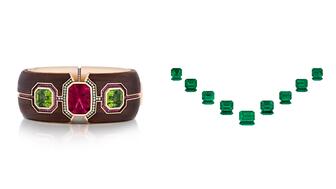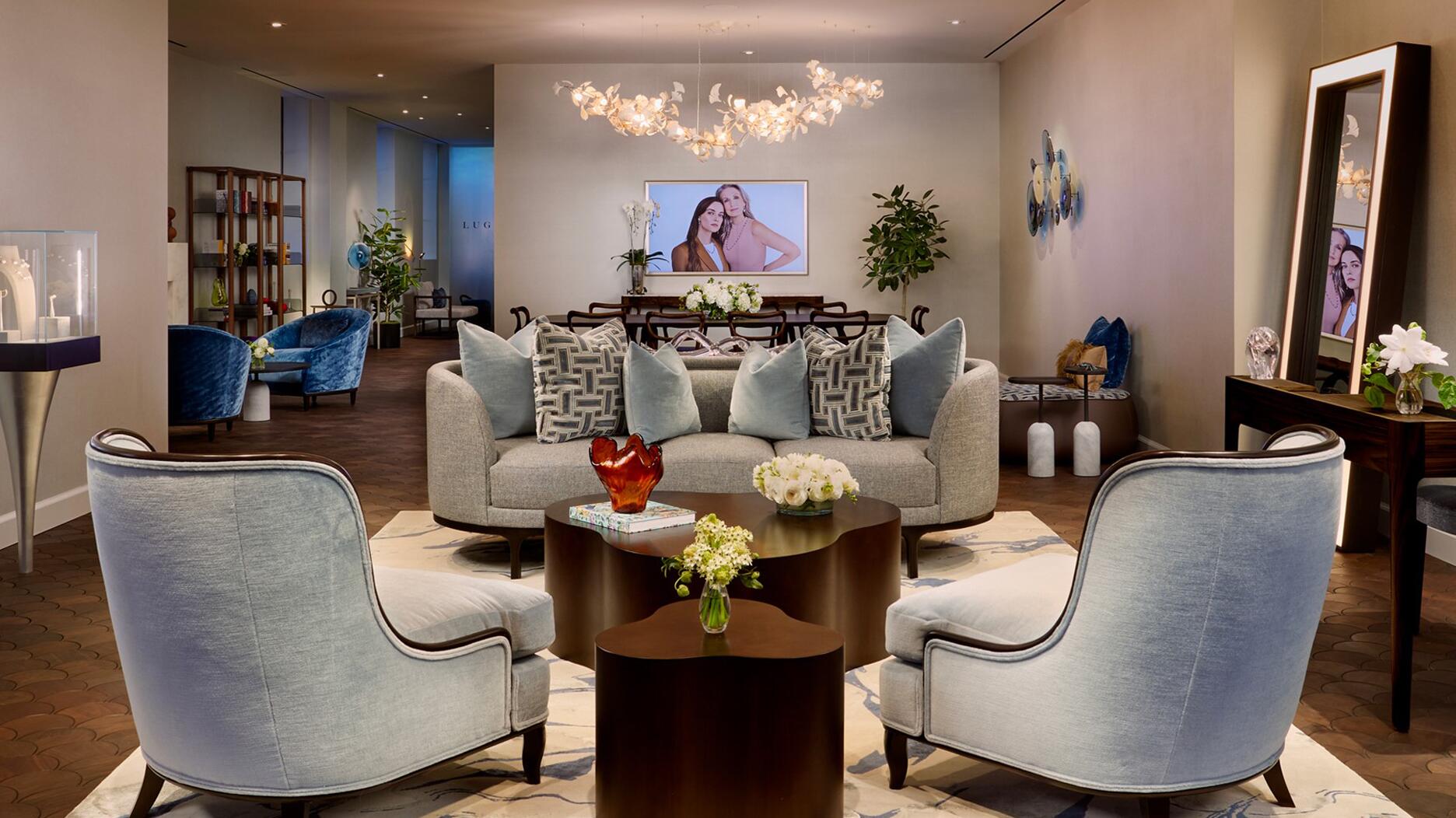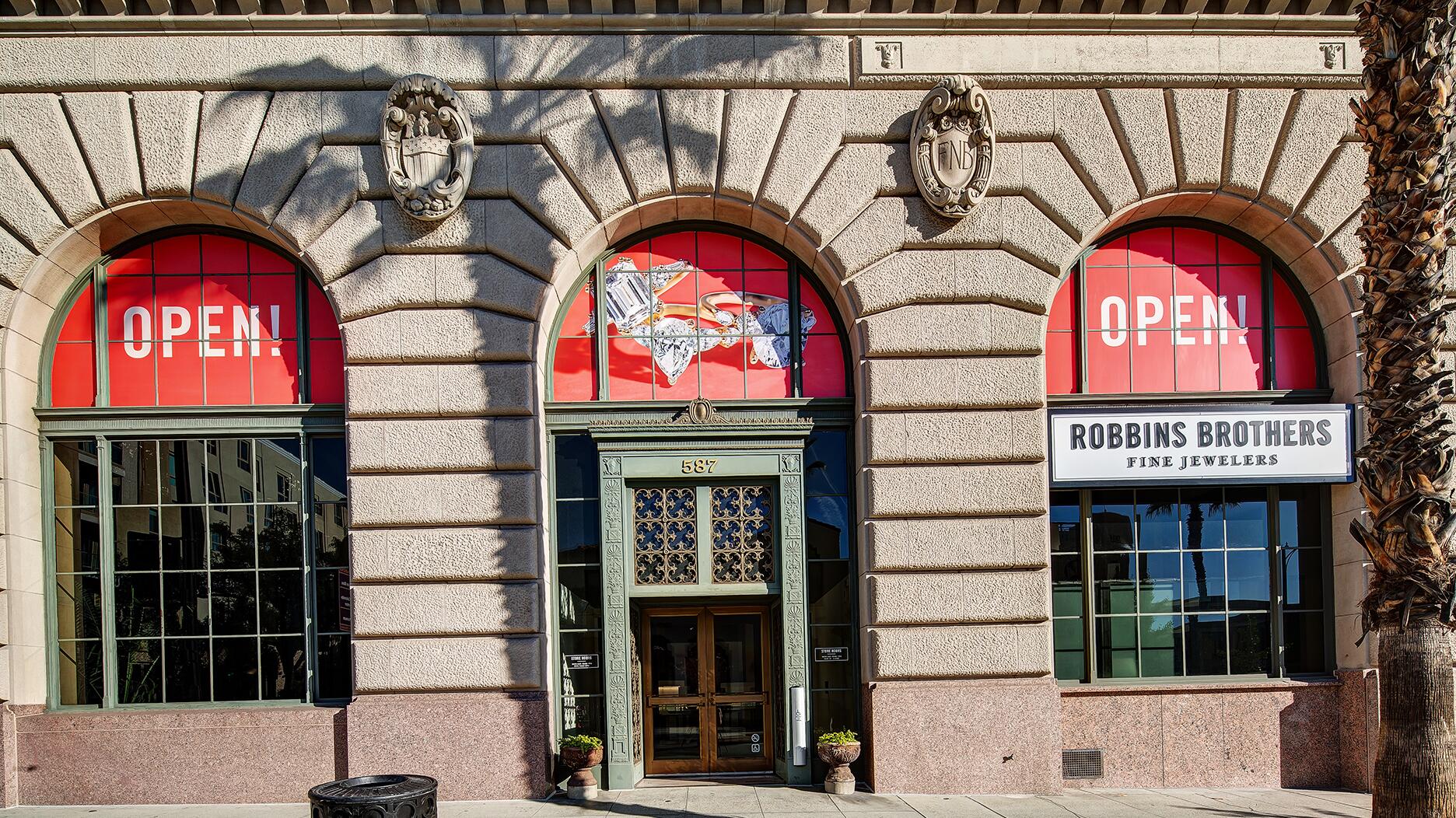A 43-carat sapphire brooch from the Vanderbilt collection was the top lot of the Geneva sale.
5 Consumer Trends to Look Out for Post-COVID-19
A Bain & Co. report on the luxury sector outlines post-pandemic retail trends, from new online shopping habits to a louder call for sustainability.

New York—While few sectors have been spared by the COVID-19 pandemic, the luxury sector has been hit especially hard.
Global luxury sales are expected to fall 25 to 30 percent year-over-year in the first quarter of 2020, according to a recent report by Bain & Company.
The report, “Luxury after Covid-19: Changed for (the) Good?,” takes a look at the current state of the market and what it will look like after the pandemic has passed.
Here are five consumer trends to look out for going forward.
The rebound will reach China first.
Luxury shopping will likely see a rebound in China first, granted the virus stays controlled.
The Chinese market may already be on its way to recovery, said Bain in its report.
Asia as a whole saw “a significant sales decline, with China at the forefront of the negative trend,” in the early part of 2020.
Nearly every luxury brand had to temporarily close or reduce its store hours, leading to double-digit year-over-year sales declines, but there is a light ahead that may spark hope in the rest of the world.
As luxury stores begin to reopen in China, consumers are heading back faster than expected, said Bain.
China is a key luxury market with its consumers representing 35 percent of the global personal luxury goods market and accounting for 90 percent of global luxury market growth in 2019.
In addition, travel restrictions will translate to purchases being made in China that may have otherwise been made abroad.
The shift to more online shopping will accelerate.
The rise of online shopping is old news, but the way consumers have made use of online shopping services during the pandemic may cement into habits, said the report.
Looking at grocery shopping as an example, a Business Insider survey found that 42 percent of respondents who bought groceries online or for pickup in the last few weeks had not done so before.
As more consumers become aware of the options available to them via online shopping, the demand for the services are likely to increase.
"There are folks that would never have thought about buying online who are now habituated to it,” said Instacart president Nilam Ganenthiran in a recent interview with Credit Suisse.
The rise in demand has been putting a strain on e-tailers across sectors and consumers have been complaining about long wait times.
Brands that put the time into improving services, focusing on product assortment, user experience and digital marketing may see
The report advised luxury brands to “invest more in online sales and marketing, particularly in areas hit hardest by the pandemic.”
How much shopping will remain online post-pandemic remains a subject of debate in retail.
While Bain is forecasting a rise in shopping shifting to e-commerce channels, Peter Smith wrote in his last column that consumers will be eager to return to stores and that retailers should be ready for them.
The call for eco-friendly and socially conscious brands will only get louder.
Sustainability has been a buzzword in the retail space in recent years, with more consumers eschewing fast-fashion and disposable products for more sustainable alternatives.
Brands will want to be mindful of consumer concerns post-pandemic when thinking about end-to-end product life cycle, supply chain management, and how to dispose of unsold stock, said Bain.
In the fine jewelry world, consumers have been doing their homework on environmental and social issues, turning to conscious brands that use recycled metals and responsibly sourced gemstones, for example.
Greenwich St. Jewelers in New York City recently stocked the 10-piece “Lift Collection,” featuring jewelry showcasing gemstones from Anza Gems, purchased for fair trade prices directly from dealers in Tanzania and Kenya.
All proceeds from the collection went to nonprofit Gem Legacy, which funds projects benefiting East African mining communities, and the Tanzanian Women Miners Association.
A brand’s ethics and aesthetics will be weighed equally.
Consumers are not simply mindful of purchasing eco-friendly and ethical products, they will soon be prioritizing these items, according to the Bain report.
Described as the “rise of a post-aspirational mindset,” the report suggests that shoppers will be on the lookout for “purposeful brands.”
RELATED CONTENT--Designer’s Diary: My Journey to ‘Sustainable’ JewelryDeloitte echoed this point in its Global Powers of Luxury Goods 2019 survey, noting that younger, affluent shoppers are socially and environmentally conscious and hold luxury brands to high standards, particularly in regard to sustainable and ethical production processes.
The survey pointed to Tiffany & Co. as an example of a luxury goods company appealing to these customers, highlighting its responsible sourcing as well as its social and environmental work, particularly its philanthropic foundations focusing on reef conservation and awareness for responsible mining.
The company was one of the first jewelers to use gold sourced from the “Salmon Gold” initiative, which aims to mine gold in a way that’s mindful of the habitats of salmon and other fish.
Inclusion will be key as spending power is reduced.
Luxury brands tread a fine line between aspirational and exclusionary.
As unemployment numbers grow, consumer sentiment will take a dive. The U.S. consumer confidence index sank in April to 86.9 points from a revised 118.8 in March, its lowest level since 2014.
“Brands will need to use all their ingenuity to revamp their offer at accessible price points, reflecting the reduced spending power of many middle-class customers,” said the report.
Bain & Co. concluded its report on a positive note, stating that luxury will regain its strength once the situation stabilizes.
“Lessons in resilience learned in the dark days of 2020 can power a sustainable recovery in 2021 and beyond. This crisis may be transforming the luxury industry for good, but it could also be a transformation for the good.”
The Latest
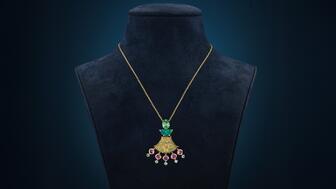
Rau is a fourth-generation art and antique dealer from M.S. Rau gallery whose first jewelry collection merges artifacts with modern design.

Former De Beers sustainability leader Purvi Shah will take over the role in February 2026.

How Jewelers of America’s 20 Under 40 are leading to ensure a brighter future for the jewelry industry.
La Joux-Perret is based in La Chaux-de-Fonds, Switzerland, and makes solar quartz as well as mechanical watch movements.


She previously taught at Gem-A and is the founder of The Gem Academy.

The British actress and her daughter modeled pieces from the brand’s new “Palette” capsule for its “Once Upon a Time” holiday campaign.

Roseco’s 704-page catalog showcases new lab-grown diamonds, findings, tools & more—available in print or interactive digital editions.

Plus, the tech giant shares the steps retailers should take if they believe they’re a victim of a review extortion scam.
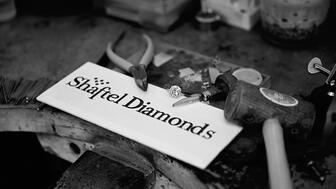
Danny and Gaby Shaftel are now Shaftel Diamonds’ CEO and chief operating officer, respectively.
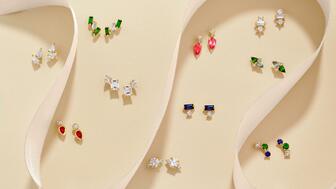
The jewelry manufacturer’s seasonal offering features its new “Melodie” bangles, as well as mini stud earrings and layering pieces.
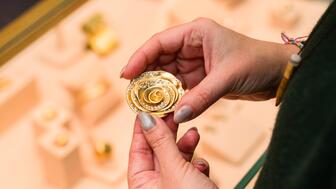
With more than 140 activations taking place in New York City now through Nov. 23, these 12 events are can’t-miss moments.
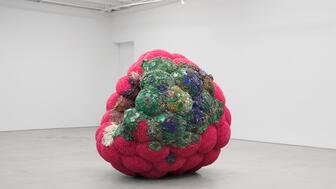
The artwork is part of an exhibition featuring works by Kathleen Ryan, an artist known for her gemstone-studded rotting fruit sculptures.
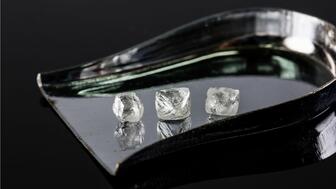
Mark Wall, president and CEO of Canadian mining company Mountain Province Diamonds, will vacate his position next month.

Faustino Alamo Dominguez and his son, 25-year-old Luis Angel Alamo, were gunned down following an armed robbery at their jewelry store.

Tiffany & Co. veteran Jeffrey Bennett has stepped into the role.
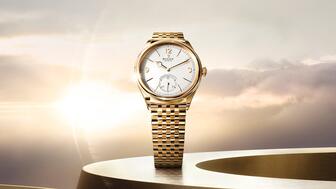
The Swiss government announced the deal, which cuts the tax on Swiss imports by more than half, on social media Friday morning.
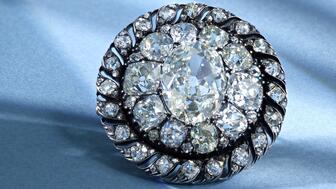
A buyer paid $4.4 million for the piece, which Napoleon wore on his hat for special occasions and left behind when he fled Waterloo.
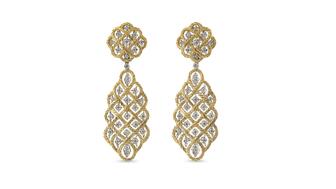
Plus, how tariffs and the rising price of gold are affecting its watch and jewelry brands.
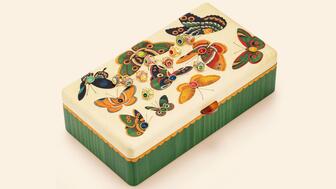
Furmanovich designed the box to hold Mellerio’s “Color Queen,” a high jewelry collection consisting of 10 rings.

Jennifer Hopf, who has been with JCK since 2022, will lead the execution of the long-running jewelry trade show.
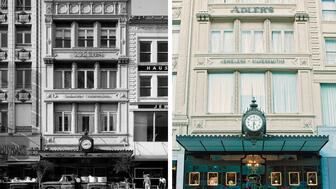
Adler’s Jewelry is set to close its two stores as 82-year-old owner Coleman E. Adler II retires.
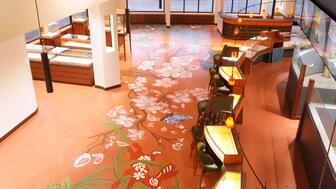
Founder Jim Tuttle shared how a dedication to craftsmanship and meaningful custom jewelry fueled the retailer’s double-digit growth.

The third-generation jeweler is remembered as a passionate creative with a love of art, traveling and sailboat racing.

JSA and Cook County Crime Stoppers are both offering rewards for information leading to the arrest of the suspect or suspects involved.
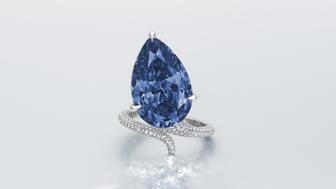
A buyer paid $25.6 million for the diamond at Christie’s on Tuesday. In 2014, Sotheby’s sold the same stone for $32.6 million.
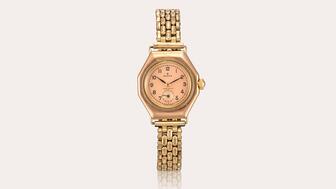
Mercedes Gleitze famously wore the watch in her 1927 swim across the English Channel, a pivotal credibility moment for the watchmaker.


